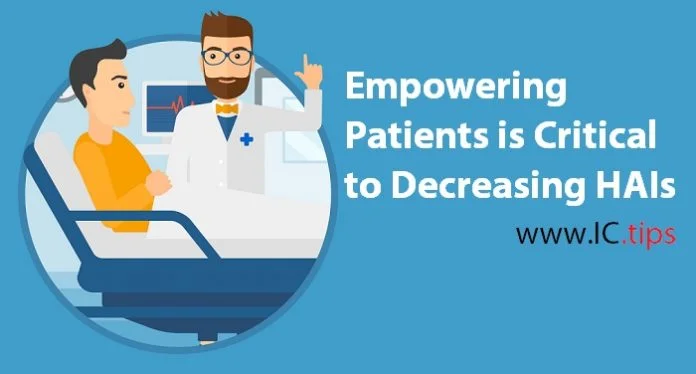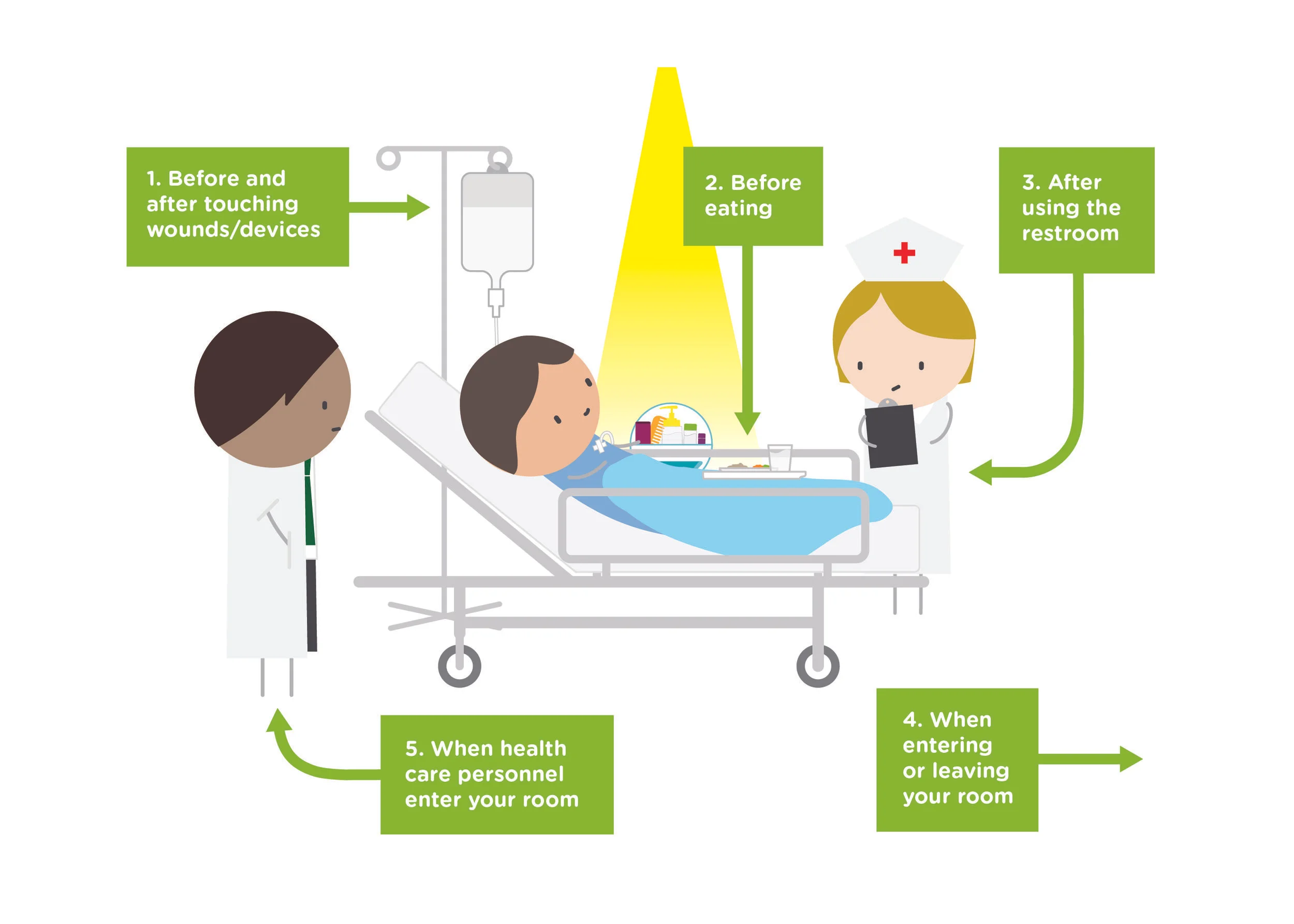Providing hand hygiene supplies along with educating patients and visitors about the importance of hand hygiene is critical.
Fitsi Health Founder Wins American Nurses Association Innovation Award
The Infection Prevention Strategy Honors Fitsi as One of the Top Innovations of 2018
Empowering Patients is Critical to Decreasing HAIs
Hand hygiene is the best method to prevent the transmission of infections. Hand hygiene for hospitalized patients sounds obvious – something that should be easy to accomplish and regarded as important to the patient experience. However, patient hand hygiene is a problem for most hospitals today. It is difficult to accomplish and not monitored by healthcare personnel. No infection preventionist will argue against the importance of patient hand hygiene. However, since it is neither prioritized nor measured by hospitals, it falls through the cracks. This, coupled with the fact that more and more research points to patients as the “missing link” in infection control efforts means that, in order to reduce hospital acquired infections (HAIs), hospitals need dedicated efforts to improve patient hand hygiene. Key to achieving these efforts is empowering patients to make hand hygiene easy to do on their own and to understand the critical importance cleaning their hands plays in preventative care.
This Patient-Centric Tool Tackles the Massive Challenge of Hospital-Acquired Infections
Kathleen Puri had been a nurse for many years, but it wasn’t until she became a hospital patient that the issue of hospital patient hygiene began to truly bother her. She noticed that patients confined to a hospital bed had no way to conveniently and easily wash their hands — one of the easiest ways to prevent the almost 100,000 deaths (more than those caused by diabetes or breast and prostate cancer combined) attributed to infections acquired in hospitals annually.
A Win-Win for Hand Hygiene
Holiday Babies and Their Moms Love Fitsi
New moms love Fitsi! Check out this heartwarming video of holiday newborns at St Joseph hospital.... you can see Fitsi hard at work to keep mom and baby infection free!
FDA Warns Against Triclosan
The Federal Drug Administration (FDA) recently stated soap and water are preferable to antibacterial liquid products for everyday use. This is an important issue for consumers. One of the problems with liquid antibacterial soaps is that many contain triclosan and animal studies have shown that triclosan may affect how our hormones work and impact antibiotic resistance.
The safety of products with triclosan is in question. Triclosan is in a large variety of products, many of which are used in healthcare.
When Fitsi Health was making manufacturing decisions the goal was to make Fitsi® as durable as possible. The decision was made to include an antibacterial agent into the plastic we used to make the injection molded bedside caddy. Some people recommended triclosan since it is already used in a variety of healthcare products. But, just as the FDA stated, studies found that hormones and antibiotic resistance may be influenced by triclosan.
As a result, Fitsi Health decided not to use triclosan when making Fitsi® even though it would have been our cheapest option. Instead, Fitsi is imbedded with MicroBlok S. MicroBlok S is a silver ion with a high antimicrobial efficiency that protects Fitsi from staining and deterioration.
Making a product has many dimensions and decisions. Fitsi Health is happy to have made the decision to use MicroBlok S and not use triclosan. Safety is always first!
- Kathy Puri, MSN, RN
Chattanooga Business Radio Interview: Fitsi Health Founder Kathleen Puri
Listen here to Chattanooga Business Radio's interview with Fitsi Co-Founder Kathleen Puri. Kathy was given the opportunity to share the story of Fitsi Health and how the company is helping to achieve the goal of zero preventable hospital deaths by 2020. Kathy talks about how Fitsi is much more then a bedside caddy - it is part of the Patient Safety Movement and how important it is to advocate to improve patient safety.
Nurses Spotlight: Antonette Gurnani
How Fatigue Can Diminish Healthcare Work Standards
Every nurse knows it, feels it and wishes it was not so. Fatigue is our companion. The longer our day, the more intense our day, and the more shifts worked close to each other, the more fatigue we experience. Now a recent research study from the Journal of Applied Psychology has studied healthcare worker fatigue […]










